Alluvial Soil in India: Features & Characterstics
In comparison to other types of soil, alluvial soil has the largest potential for crop production. The majority of its occurrences are around riverbanks, where it is transported by the rivers’ streams when rocks are eroded. The land is typically covered with tall grasses and woodlands, in addition to a variety of crops.
Contents
One of the most productive types of soil for agricultural use is Alluvial Soil in India. It filters out nutrients and other sediments from the moving water, which results in an improvement in the quality of the water in places farther downstream.
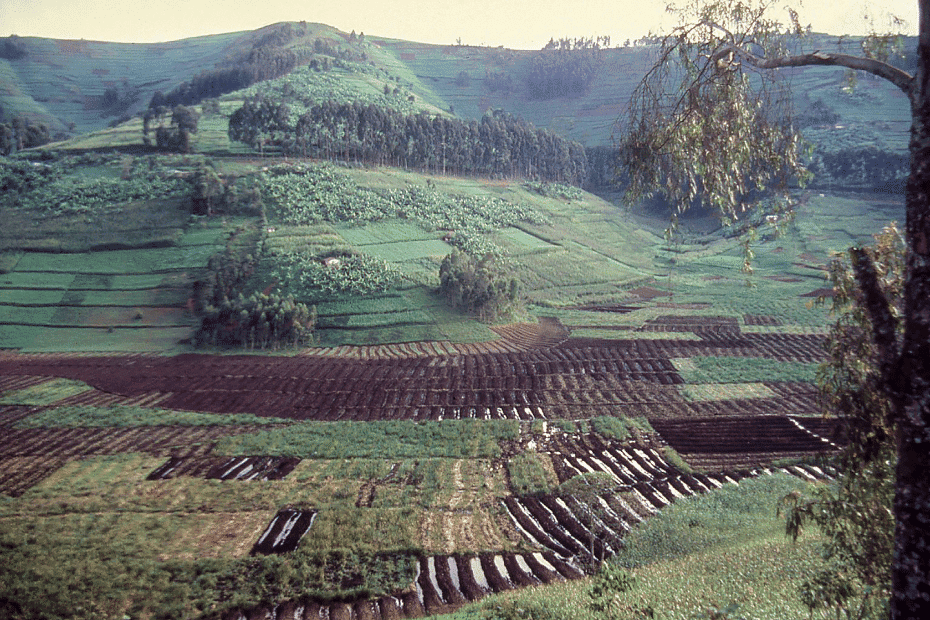
The soil also supports a variety of plant life. The soil has very soft layers, a low proportion of both nitrogen and humus, but an adequate amount of phosphate. There is a significant degree of disparity in the amounts of iron oxide and lime found in various places.
Since of its great porosity, it is one of the best types of soil because it needs the least amount of water to support plant growth. Alluvial soil may have a variety of different textures, ranging from drift sand and rich, loamy soil to silt clays. It that makes up more than 46 percent of India’s total geographical area makes it one of the most fertile nations in the world and makes India one of the richest countries having alluvial soil.
Alluvial soil is found in?
Alluvial soil can be found on every continent except Antarctica. Some of the most productive agricultural land in the world is found in alluvial soils, such as the floodplains of the Nile and Amazon rivers. Alluvial soil is also a major component of the soils of the United States, China, and India.
Despite its many benefits, alluvial soil can also be a source of problems. Flooding is a major hazard in areas with alluvial soils, and the soil itself is often highly erodible. As a result, alluvial soils can be difficult to manage and can require special care to maintain their productivity.
In Europe, it is found in the floodplains of the Danube and Rhine rivers. In Asia, it is found in the deltas of the Ganges, Brahmaputra, and Irrawaddy rivers. In Africa, it is found in the Nile delta. Alluvial soil is also found in Australia, in the floodplains of the Murray-Darling river system.
Alluvial soil definition
The soils that were deposited by surface water are known as alluvial soils.
Therefore, they will frequently encountered near the banks of rivers, in floodplains, and in deltas. Riverine is the name given to the alluvial soil found in coastal locations. Because of the significant function that it plays in maintaining the health of our ecosystem, it is regarded as an essential form of soil.
Alluvial soil in India
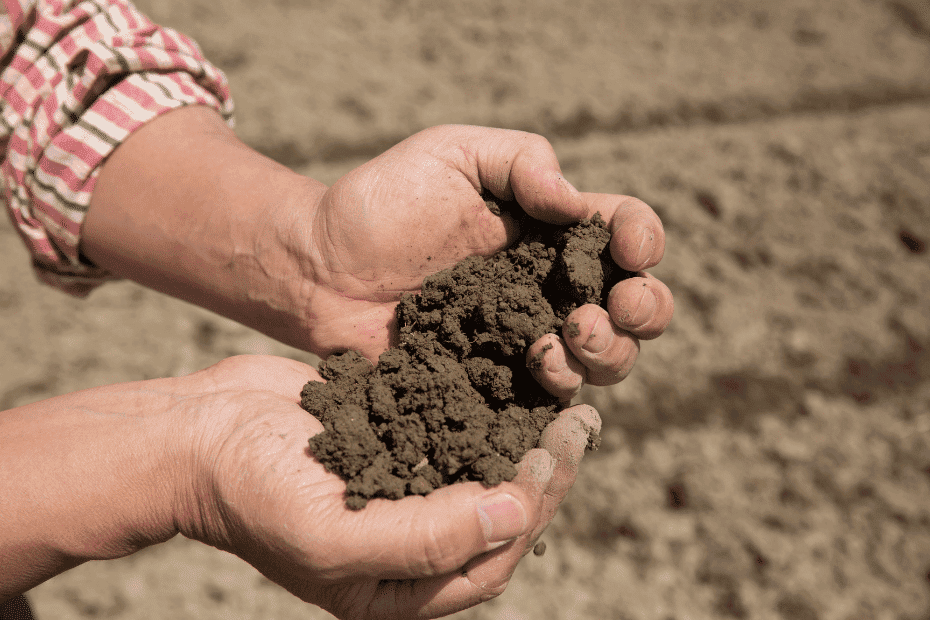
Alluvial soil is one of the most common types of soil in India. It is formed by the deposition of sedimentary materials, such as sand, silt, and clay, by water. Alluvial soil is typically found in river valleys and floodplains.
It is very fertile and is used extensively for agriculture. It is also used for construction purposes, as it is easy to work with and is very versatile. Alluvial Soil in India is very important to the economy of India and is a vital natural resource.
Read more: Raft foundation design and types
The Indus, Ganges, and Brahmaputra rivers, three of the most significant rivers in the Himalayas, are responsible for depositing the rich humus that makes the alluvial soil in India so fertile. In certain regions of India, extremely small particles of soil are carried by rivers and deposited there. The Northern Plains of India are home to a great deal of this particular kind of soil.
The majority of these soils have an acceptable amount of potash, phosphoric acid, and lime, making them excellent environments for the cultivation of crops.
Indo- Gangetic plains, Peninsular and Extra-Peninsular land
The geography of nation provides for a general classification of its lands into two categories: the soils of peninsular India and the soils of extra peninsular India. The peninsular regions of nation are responsible for the formation of some of the world’s most fertile soils due to the process of in situ rock degradation. To a certain degree, this results in what are known as sedentary soils since the material is moved about and then redeposited.
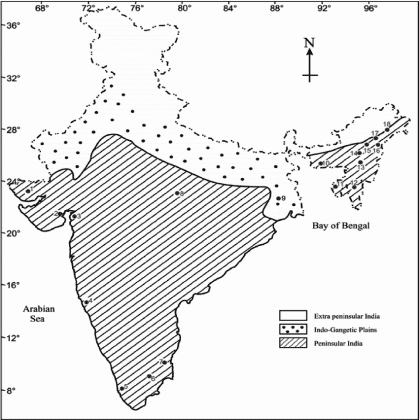
The additional peninsula’s varied soils are the result of the wind and river sediments that have been deposited there throughout time. These may be found at great depths and are often referred to as transported or azonal soils when they are located there.
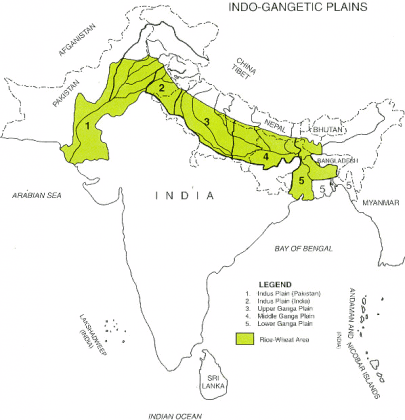
The rocks that make up the Himalayas are where alluvial soil gets its starting material from. Therefore, the carried substance was the source of the parent material. Alluvial soils cover around 15 lahks sq. km. Through its provision of India’s most productive agricultural fields, this soil sustains the lives of more than forty percent of the country’s people.
Most-fertile soils of Ganges
The alluvium that makes up Khader is quite recent. They give rise to the flood plains that are found along the riverbanks on each side. The riverbanks along this stretch are flooded on an annual basis, which causes a fresh layer of alluvium to be deposited along these riverbanks. Because of this, the soils in the Ganges region are among the most fertile. They are less kankary as a result of their sandy clays and loams, as well as the fact that they are drier, more leached, less calcareous, and carbonaceous.
At the same time, deposits, landforms, and the soils associated with them may all be exposed to active fluvial processes. Alluvial soils can be found in all of these places. Erosion may thus affect either a fraction of the alluvial soil profile or the whole profile altogether. Truncating the soil is possible when the part of soil has been reduced in size as a result of erosion. When the process of soil formation restarts, the processes of soil formation have an effect on both the more recent alluvium that is overlaying the older alluvium that is below it. This results in a soil that has a profile that is welded together.
Alluvial soils are characterised by their lack of steepness, their prevalence in flatlands and valleys, and their simplicity in terms of excavation. Because of this, many acres of soil that are cultivable are lost each year due to urbanisation and industrialisation. It in turn creates concern on a global scale about the protection of good agricultural land.
Read more: Retaining wall design
Characteristics of Alluvial Soil
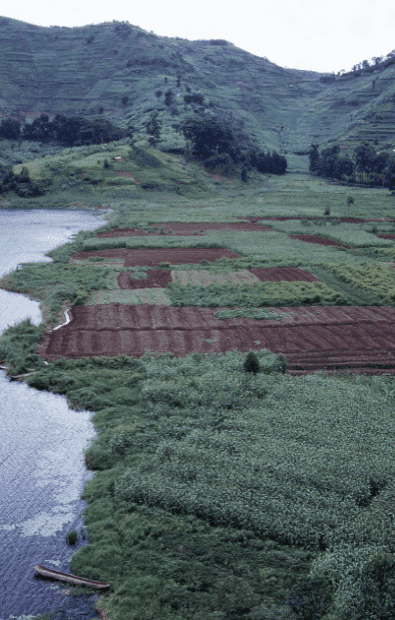
- The components of alluvium include silt, sand, clay, and gravel, in addition to a significant quantity of organic materials.
- Since the alluvial soils are very young in comparison to other soil types, they have shallow profiles.
- Because flooding continually deposits fresh layers on top of the older ones, alluvial soils have a distinctive layered appearance.
- The formation of layers is referred to as the process of stratification, and it can be seen in many floodplains.
- Due to the fact that the soil profile of alluvial soils has not fully developed, these soils are categorised as immature.
- Loamy describes the texture of alluvial soil, which is characterised by a combination of sandy and clayey components.
- The processes of river erosion, transit, and deposition resulted in the formation of alluvial soil, which explains why this kind of soil has a variety of different textures.
- Because of the roughness, the soil is very porous and has excellent drainage.
- The water from the river or stream often flows into the soil, helping to replenish it and making it one of the most productive soils for crop growth.
- In general, the alluvial soils have a low nitrogen content, but they do include a significant quantity of alkalies, potash, and phosphoric acid.
- The ratio of iron oxide to lime continuously shifts within a broad range of acceptable values.
- Alluvial soil is responsible for contributing a significant amount of the world’s tin ore supply.
- There are areas in the globe where the alluvial deposits also contain gold, platinum, and jewels. These areas may be found in certain places.
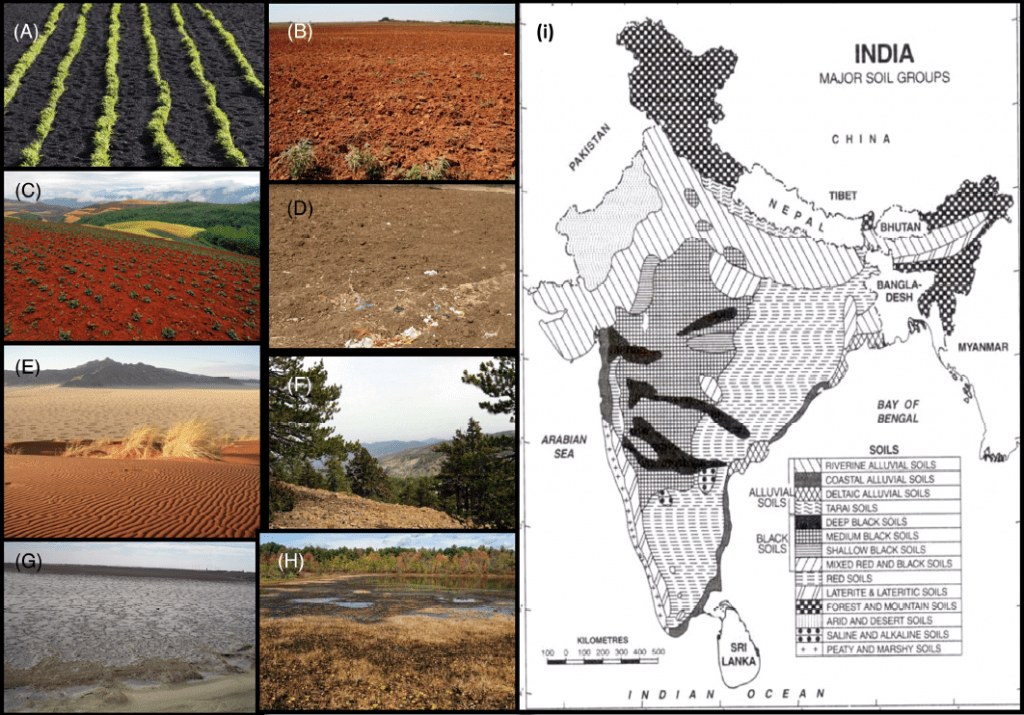
Features of alluvial soil
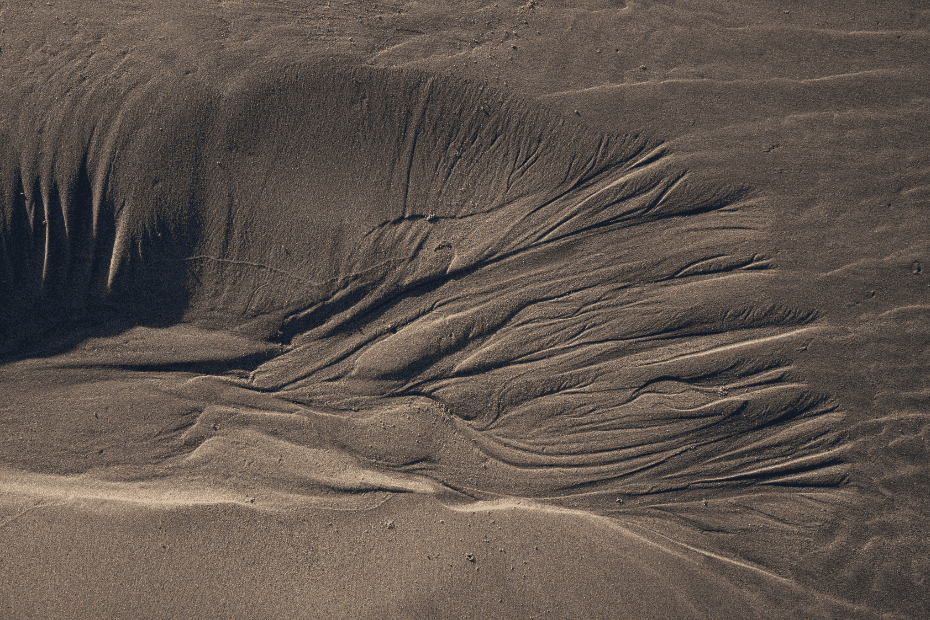
- There is a large concentration of alluvial soils in the northern plains and river valleys.
- Approximately forty percent of the entire geographical area of the nation is consists of Alluvial soil
- The majority of the debris that fell from the Himalayas contributed to the formation of these soils.
- In the Peninsular area, it can be found in the river valleys as well as the deltas that are located along the east coast.
- The colour of the soil ranges from a very light grey to an almost blackish grey.
- The composition of the alluvial soil may range from sandy loam to clay depending on the location.
- They have a high potash content, but a low phosphorus content in their makeup.
- Khadar and Bhangar are the names of two distinct kinds of alluvial soils that have evolved in the Upper and Middle Ganga plains.
- The flood basins of the rivers are now occupied with khadar, which is a new kind of alluvium. Every year, new silt deposits are added to Khadar, further enhancing its quality.
- The term “bhangar” refers to the older alluvium that was deposited in areas far from the flood basins.
- Concretions (kankars) made of impure calcium carbonate may be found in both the Khadar and the Bhangar soils.
- In the lower and middle Ganga plains, as well as in the Brahmaputra valley, these soils are more loamy and clayey than elsewhere.
- Intense cultivation takes place on alluvial soils; the most common crops grown in these soils are wheat, maize, sugarcane, legumes, oilseeds, and so on.
Alluvial Soils for Agriculture
It is generally agreed upon that alluvial soils are the most productive for agricultural use. They are receptive to a variety of irrigation methods, including well and tube-well systems, and do well under such conditions. Rice, wheat, sugarcane, tobacco, maize, oilseeds, vegetables, and fruits all benefit from this soil, as do other types of crops including vegetables and fruits.
Where is Alluvial soil found?
Alluvial soils occur where a flood breaks through a deposit of soil and then recedes. These deposits are often from streams, rivers, marshes, or other small rivers. As these deposits disappear, they are covered with new deposits of sediment.
FAQs
-
Alluvial soil is found in?
Alluvial soil is found widespread in the northern plains and river valleys.
-
Alluvial soil is found in which state
Alluvial soil makes up the northern plains, which include sections of the states of Arunachal Pradesh, Assam, and Bihar (almost totally), as well as Chandigarh and Delhi, Himachal Pradesh, Uttar Pradesh, Punjab, Haryana, Uttarakhand, Rajasthan, Madhya Pradesh, and West Bengal. These soils may also be found in the Indian states of Rajasthan and Gujarat, but in more confined spaces. Additionally, it may be found in the plains that are located to the east of the Coastal Mahanadi River.
-
How is alluvial soil formed
Alluvial soils are developed when materials such as silt, gravel, and sand are carried downstream by rivers and then deposited there. Due to sea wave erosion, the sea also leaves silt deposits on the coastal plains. Silt, when combined with humus, finally results in the formation of alluvial soil.
-
Alluvial soil is also known as
Due to its location in river basins and formation when streams and rivers slow their flow, alluvial soil is sometimes called riverine soil. The deposition of sediments carried by rivers originating in mountains results in the formation of alluvial soil.
